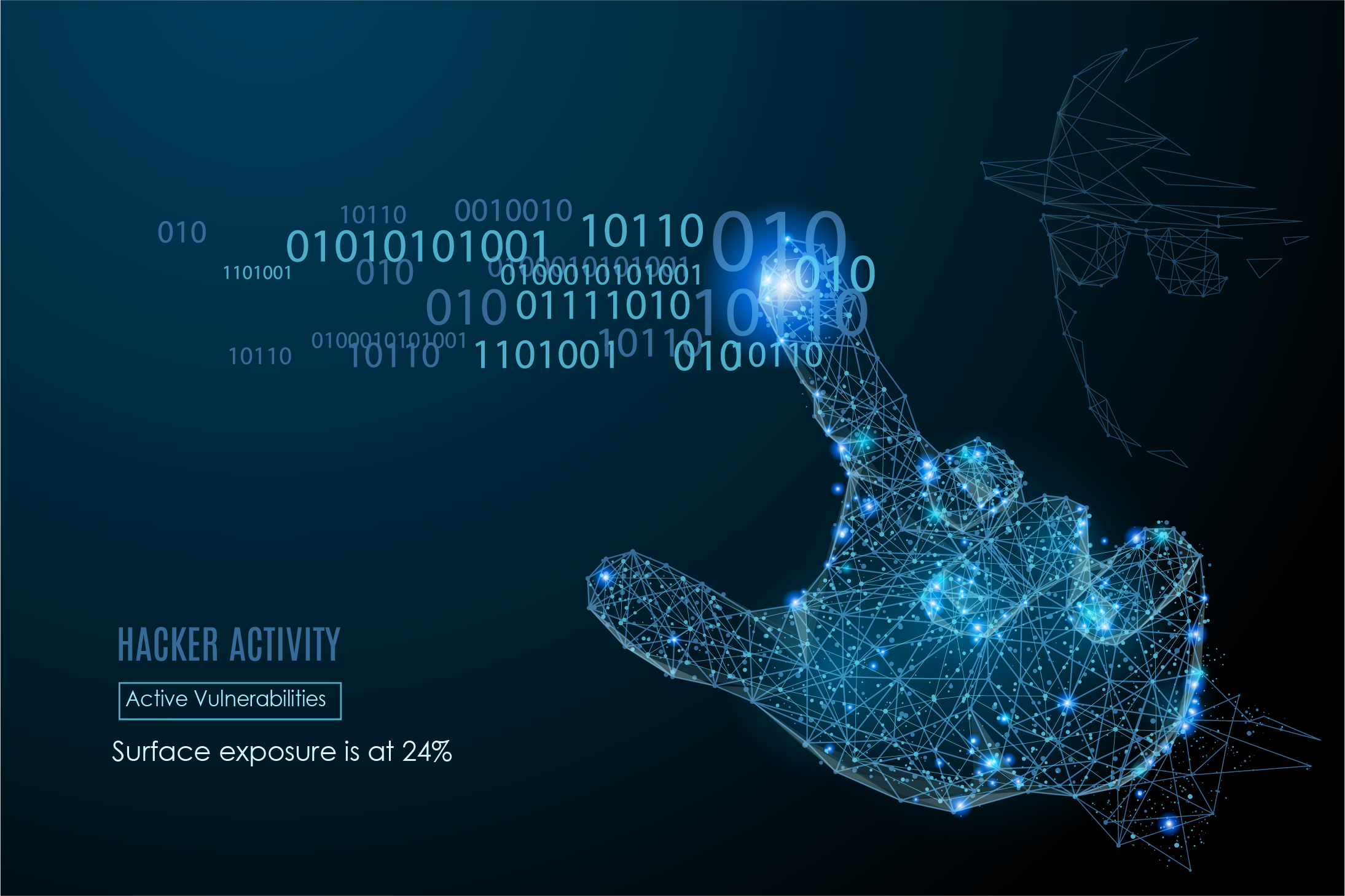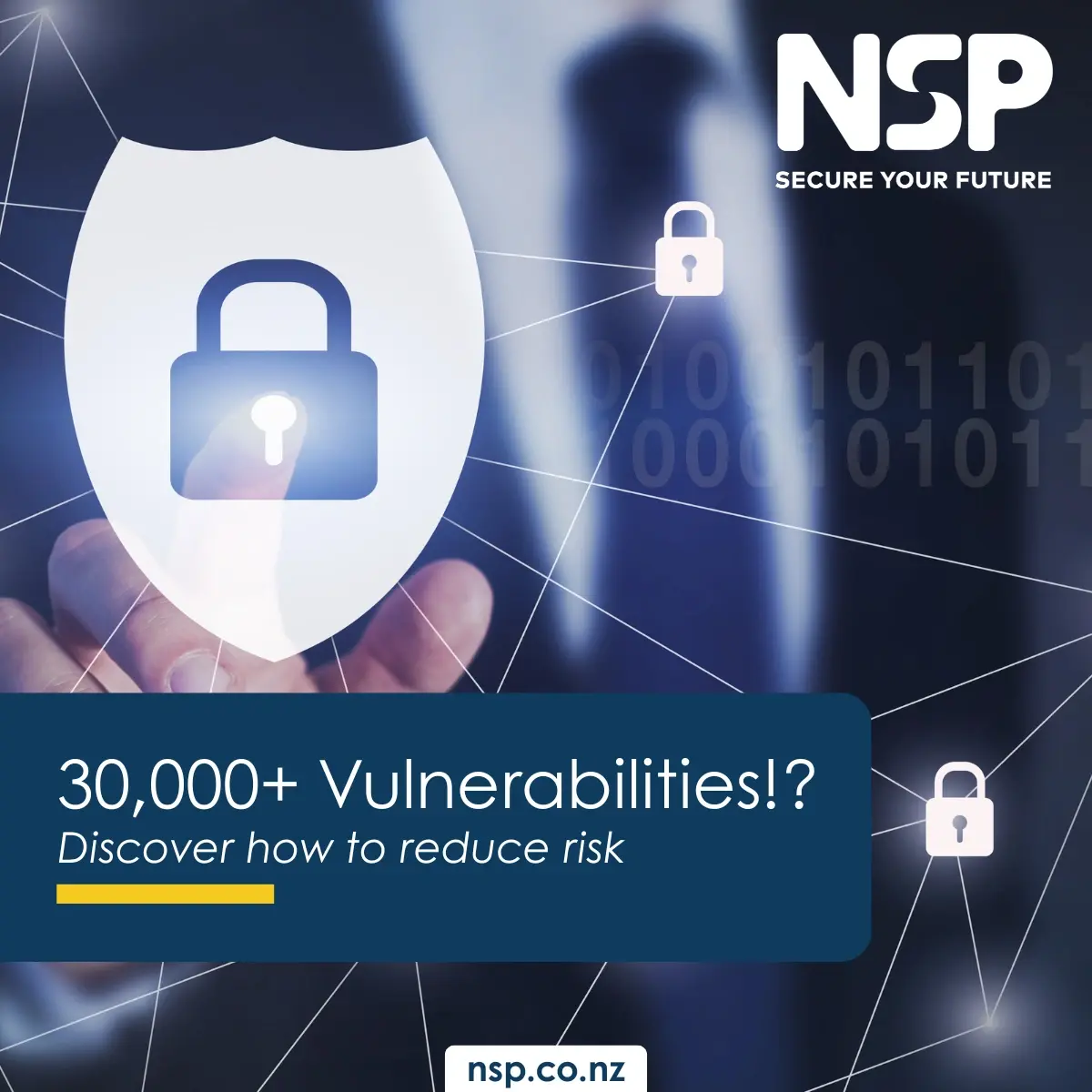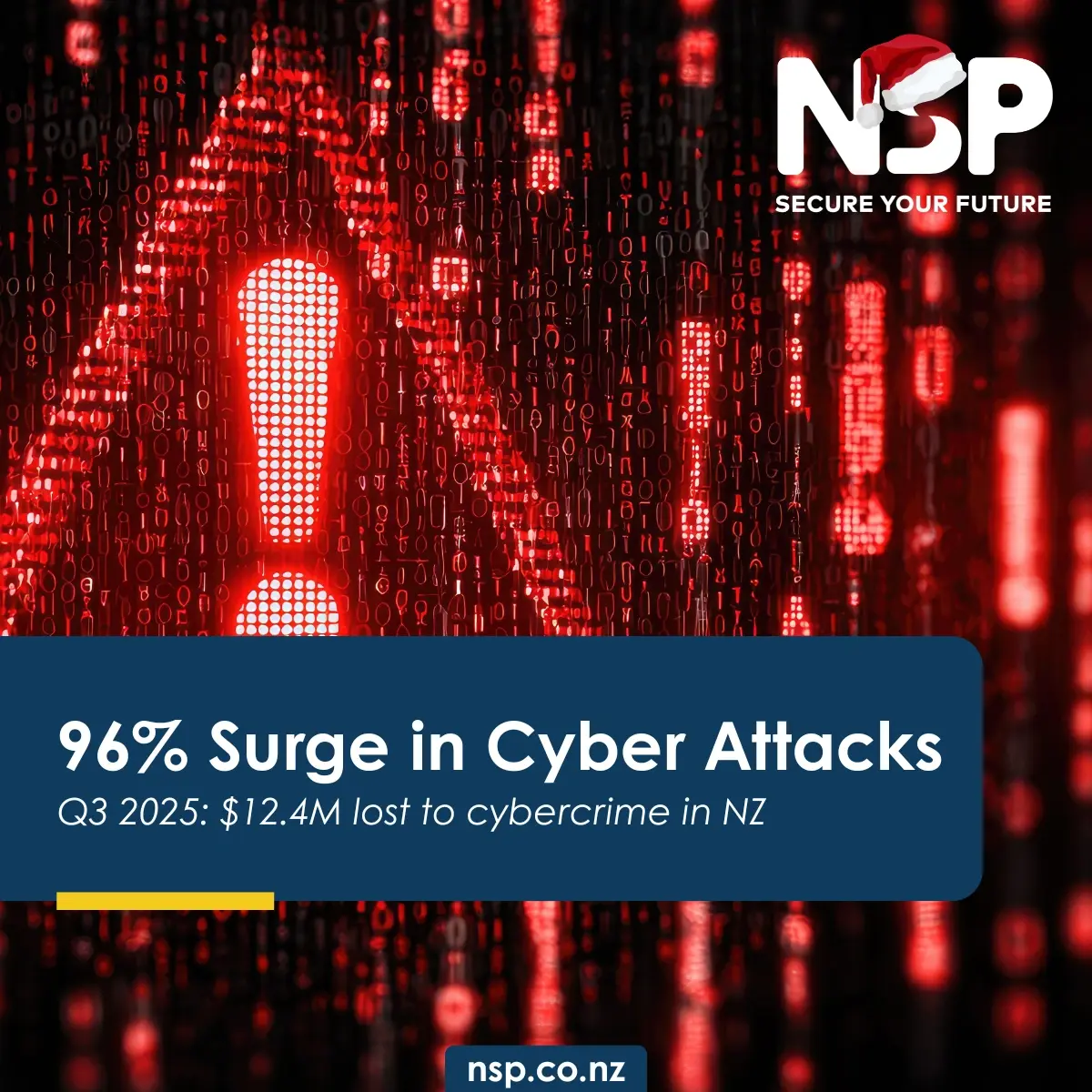Unified All-in-one managed detection and response
Secure your business with NSP SOC services, delivering advanced technology, expertise, and peace of mind. Our experts manage SOC operations, ensuring effective security, and compliance with industry regulations. Your peace of mind is our priority as we strengthen your defenses against cyber threats.

Key Functions of a Security operations Centre
Asset and Tool Inventory
- Ensure visibility into protected assets and insight into defence tools.
- Account for databases, cloud services, identities, applications, and endpoints.
- Keep track of security solutions like firewalls, anti-malware, anti-ransomware.
Reduces Attack Surface
- Maintain an inventory of workloads and assets.
- Apply security patches, identify misconfigurations, and add new assets.
- Research emerging threats and analyse exposure to stay ahead.
Monitors Continuously
- Use security analytics solutions (SIEM, SOAR, XDR) for all-environment monitoring.
- Uncover abnormalities or suspicious behaviour.
- Automate incident response through telemetry data.
Log Management
- Collect, maintain, and analyse log data from every source.
- Establish a baseline for normal activity and identify anomalies.
Refines Security
- Use intelligence gathered during incidents to address vulnerabilities.
- Improve processes, policies, and update the security roadmap.
Threat Intelligence
- Utilise data analytics, external feeds, and threat reports.
- Gain insight into attacker behaviour, infrastructure, and motives.
- Uncover threats and fortify the organization against emerging risks.
Threat Detection
- Use SIEM and XDR data to identify threats.
- Filter false positives, prioritise threats by severity and potential impact.
Incident Response
- Quickly take action to limit damage and disrupt business as little as possible.
- Isolate affected endpoints, suspend compromised accounts, remove infected files.
Recovery and Remediation
- Restore the company to its original state after an attack.
- Wipe and reconnect disks, identities, email, and endpoints.
- Restart applications, cut over to backup systems, recover data.
Root Cause Investigation
- Conduct a thorough investigation to identify vulnerabilities and poor security processes.
- Learnings from the incident contribute to preventing similar attacks.
Compliance Management
- Ensure applications, security tools, and processes comply with privacy regulations.
Benefits of SOC
Increased Visibility
Eliminate blind spots with SOC for Microsoft 365 dashboards and workflow automation.
Early Detection
24/7 automated threat detection in Microsoft 365 logs ensures swift incident alerts for immediate mitigation.
Fast Response
Addressing alerts promptly minimises attackers’ access time and protects high-value assets and sensitive data.
Intelligence Gathering
Identify emerging threats and vulnerabilities by collecting and analysing security-related data.
Customised SOC solutions
Tailored for your needs, offering scalability and flexibility to tackle your unique risks and challenges.
Detailed reporting and analysis
Helps you better understand and address potential vulnerabilities in your systems.
Find out how NSP's SOC/SIEM solutions can help secure your business
Your Question answered
What is Security Operations System SOC?
A Security Operations Center (SOC), also known as an Information Security Operations Center (ISOC), is a team of IT security professionals. They monitor an organization’s entire IT infrastructure around the clock, 24/7, to detect cybersecurity events in real time and respond promptly and effectively. The SOC is responsible for choosing, managing, and maintaining the organization’s cybersecurity technologies. Additionally, it consistently analyses threat data to enhance the overall security posture of the organization.
What are the challenges of building an in-house SOC?
Operating an in-house Security Operations Center (SOC) comes with notable drawbacks, primarily in terms of cost and expertise. The expenses associated with running a 24/7 SOC, including wages for security analysts. Additionally, substantial investments in sophisticated technology are required, making it a costly endeavour. Finding and retaining trained experts poses a challenge, as high-quality IT professionals are in high demand. In New Zealand, where security resources are limited, staff turnover can be disruptive to business operations. Furthermore, the planning and building phase can be prolonged, adding to the time and resource investment needed for effective SOC implementation.
What are the benefits of outsourcing SOC?
Outsourcing your Security Operations Center (SOC) offers a range of valuable advantages. First and foremost, it provides a solution for effective cost management, enabling access to an established SOC at a notably lower expense compared to establishing and maintaining an in-house counterpart. This approach also grants immediate access to the expertise of top IT and cybersecurity professionals, addressing the industry’s high demand for skilled personnel. Additionally, outsourcing facilitates scalability and flexibility, allowing organizations to tailor their coverage based on specific size, requirements, and budget constraints. Beyond cost and expertise, it simplifies the overall process by eliminating the complexities associated with setting up, staffing, running, and investing in an internal SOC.
What are the functions of SOC?
SOC teams undertake various crucial functions to proactively prevent, respond to, and recover from cyberattacks. These functions encompass maintaining a comprehensive inventory of assets and security tools, continuously reducing the organization’s attack surface through activities like patching and configuration management and conducting thorough threat detection using advanced analytics solutions. Continuous monitoring of the entire IT environment is executed, utilizing tools like SIEM, SOAR, and XDR solutions, to identify abnormalities or suspicious behavior. SOC teams leverage threat intelligence derived from data analytics and external sources to understand attacker behavior and motives, aiding in swift threat detection. Log management, incident response, recovery and remediation efforts, root cause investigation, security refinement, and compliance management constitute essential tasks performed by the SOC. These multifaceted functions collectively fortify the organization’s cybersecurity posture and ensure resilience against evolving cyber threats.
What are the key considerations in choosing SOC partner?
Many organisations prefer external SOC partners over internal setups due to cost and challenges. When selecting an external partner, prioritize broad visibility, 24×7 coverage, expertise, strategic guidance, and continuous improvement. Small organizations may opt for a turnkey service, while larger ones enhance existing resources. The crucial aspect is collaborating with experts who understand your environment, providing tailored recommendations and ongoing guidance.
View more
Learn More About NSP's Cybersecurity Solutions
Penetration Testing services
Penetration Testing services
Designed to simulate real-world cyberattacks on various elements of your IT environment. Assesses the detection and response capabilities of your people, processes, and technology, pinpointing vulnerabilities within your system.
Email Security Service
Email Security Service
NSP secure email services offer end-to-end encryption, ensuring that your messages remain confidential, shielded from third-party interception and unauthorized access.
vCISO
vCISO
Leverage industry leading security expertise in a cost-effective way, suited for your business needs.
Incident Response
Top Headlines With The Latest News
Stay up to date with our resources on modern Technology, AI, Cloud, Managed services and Cybersecurity.

Cybersecurity
AI & Cybersecurity Predictions for 2026
AI & Cybersecurity in 2026: The Threats That'll Keep You Up at Night (And the Defenses That Won't)
January 7, 2026

Cybersecurity
30,000+ Vulnerabilities Disclosed: What to Prioritise | NSP
30,000+ Vulnerabilities Disclosed: How to Prioritise What Actually Matters
December 28, 2025

Cybersecurity
NZ Lost $12.4M to Email Scams in Q3 2025 | NCSC Report
Q3 2025 Cyber Reality Check: When Email Becomes a $12 Million Problem
December 17, 2025

Managed services
Why Your IT Team Can't Handle Security Alone | MSSP Guide NZ
Why Good IT Teams Still Need an MSSP
December 17, 2025

Cybersecurity
Shadow AI: Your Biggest Security Risk Is Already Inside
The Shadow AI Problem: Why Your Biggest Security Risk Is Already Inside Your Organisation
December 16, 2025
Let’s stay in touch!
Enter your details below to stay up-to-date with the latest IT solutions and security measures.
